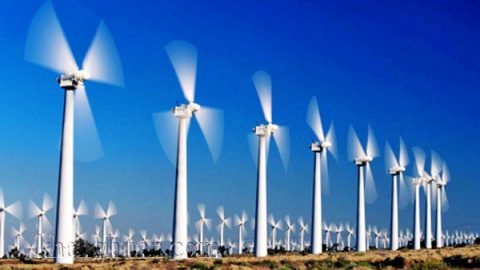The wind industry is streamlining its global manufacturing and installation processes to boost efficiency: costs are set to be further reduced as systems grow ever larger. The industry is relying on technical optimization along the value chain and over the full lifetime of installations as a way to keep investment and operating costs as low as possible and maximize profitability. Harting has new products that support this trend toward cost reduction.
The new Han industrial connectors allow for rear mounting of interfaces in switch cabinets in wind turbines. With this option, all connection-related work steps can be done from within the switch cabinet. In addition, many installation steps can be upstreamed into assembly, saving expensive man-hours worked by technicians in the facility. The rear mounting option is available for both the Han B metal and Han B plastic housings. This allows the customer to improve the manufacturing process of the wind turbine.
Harting also has its new compact Han 1A connector series. The new industrial connector is made of high-performance plastic, is lightweight and requires little space. The Han 1A is suitable for IP20 connections in switch cabinets as well as for outdoor requirements, as when closed it achieves the IP65 protection class. Due to its modularity and a variety of different deployment scenarios, it is particularly suitable for sensors, small drives and lighting.
Increasing digitization, in combination with larger wind turbines, is confronting the wind-power industry with steadily increasing data volumes. Consequently, the trouble-free and fast transmission of this data is absolutely essential for many wind farm operators. To meet this trend, Harting is focusing on the new fiber-optic rotary transmitter with bidirectional data transmission. The transmitter meets the requirements for even faster exchange of large data packets between the nacelle and the rotating hub. The wear-free and maintenance-free system offers end-to-end fiber-optic networking of the entire system – from the tower base over the nacelle to the hub.
To support this system, Harting developed the MICA (Modular Industry Computing Architecture). MICA makes it possible to store, evaluate, and process data directly in the application environment and can be configured with individual hardware, freely available software and suitable interfaces – in a manner that entirely meets customers’ individual requirements.
“Harting has been involved in wind energy for over 35 years. Thanks to our experience, we can offer our customers cost-optimized solutions,” says Carsten Edler, Industry Segment Manager Windenergy at the Technology Group.
Source: Windpowerengineering
